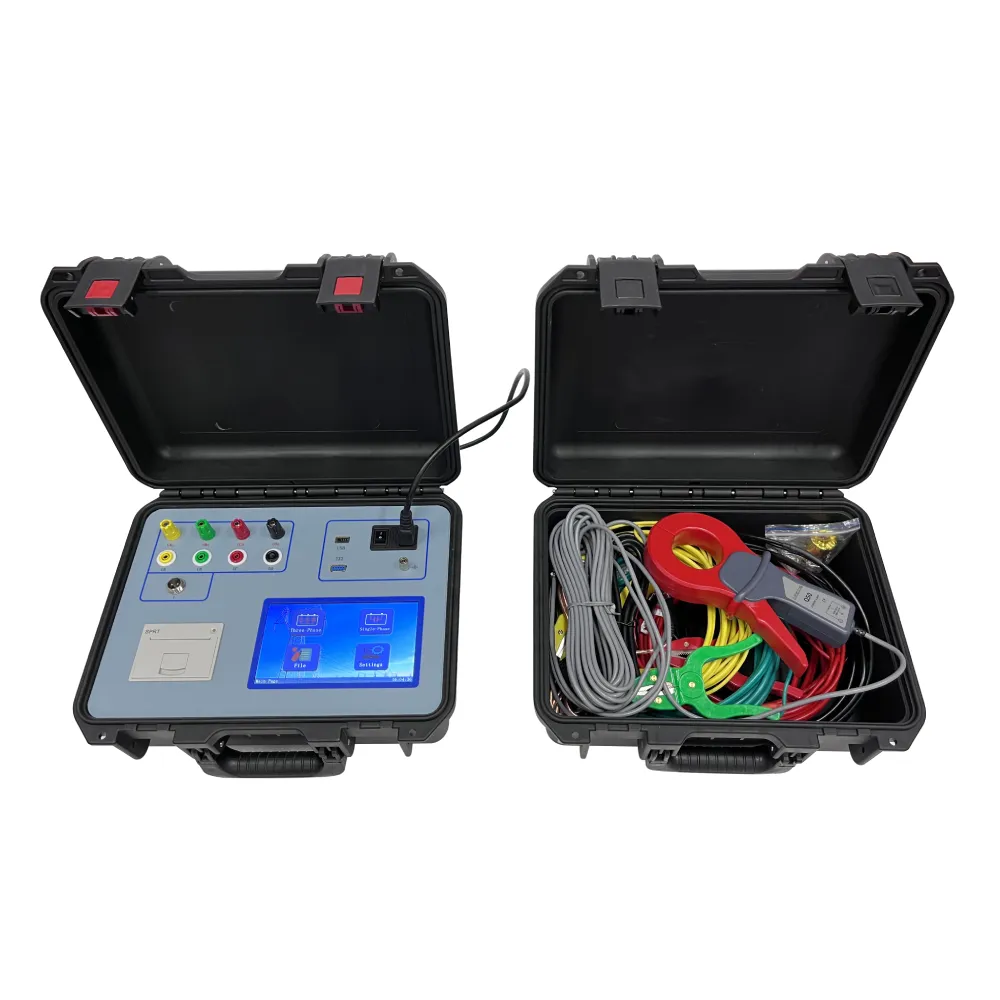 English
English


Key Assessment Techniques for Transformer Performance Evaluation
Special Test of Transformers A Comprehensive Overview
Transformers are critical components in the electrical infrastructure, serving to transfer electrical energy between circuits through electromagnetic induction. They are vital for voltage regulation, energy distribution, and ensuring the efficient operation of various electrical systems. Regular testing and maintenance of transformers are essential to ensure reliability and performance, and one of the specialized testing methods used is the Special Test of Transformers. This article explores the significance, methodology, and types of special tests performed on transformers.
Importance of Special Tests
Transformers can experience a range of issues over time, including insulation degradation, winding faults, and thermal overloads, all of which can lead to failures. Special tests help in identifying these potential problems before they escalate, thereby preventing downtime and costly repairs. They provide insights into the operational integrity of transformers, allowing for predictive maintenance and enhanced reliability. Consequently, these tests are crucial for utility companies, industrial facilities, and anywhere heavy electrical loads are managed.
Types of Special Tests
1. Transformer Insulation Resistance Test This test measures the insulation resistance of transformer windings relative to the casing and between windings themselves. High insulation resistance readings suggest that the insulation is in good condition. This test flags potential deterioration or moisture ingress, which are significant concerns for transformer longevity.
2. Power Factor Test The power factor test assesses the dielectric losses within the transformer insulation system. A low power factor typically indicates deterioration or moisture within the insulation, leading over time to a complete failure if not addressed.
3. Sweep Frequency Response Analysis (SFRA) This specialized test evaluates the mechanical and electrical integrity of the transformer windings and core assembly. By comparing the frequency response of the transformer over various frequencies, engineers can detect changes that may indicate issues such as movement or deformation of the windings due to short circuits or external electrical forces.
4. Short Circuit and Open Circuit Tests These tests help in determining the transformer's impedance, losses, and voltage regulation characteristics. The short circuit test evaluates the behavior of the transformer when it is subjected to fault conditions, while the open circuit test measures the transformer's core characteristics under no-load conditions.
special test of transformer

5. Dissolved Gas Analysis (DGA) This method is used to assess the condition of transformer oil. It identifies the presence of gases generated by potential faults within the transformer, with each gas type indicating specific issues (e.g., acetylene for arcing, ethylene for thermal degradation). Regular DGA helps in early diagnosis and intervention.
Methodology of Conducting Special Tests
When conducting special tests, professionals adhere to strict industry standards and protocols to ensure accuracy and safety. The process typically involves
1. Preparation Ensuring that the transformer is de-energized, and safety protocols are in place. Proper identification and tagging of equipment are crucial.
2. Testing Using calibrated instruments specifically designed for each test. For instance, insulation resistance testers, power factor testers, and gas analyzers.
3. Analysis After collecting data, engineers analyze the results against established benchmarks and historical performance data. This helps to identify anomalies and areas requiring further investigation.
4. Reporting Comprehensive reporting documents the findings and recommendations for maintenance or repairs as necessary.
Conclusion
The Special Test of Transformers is an essential aspect of maintaining the efficiency and reliability of electrical systems. By implementing appropriate testing methodologies, organizations can preemptively detect faults and ensure that transformers operate optimally. With a proactive approach, maintenance teams can extend the life of their transformers and enhance the overall performance of electrical systems. Regular testing not only prevents unexpected failures but also supports the safe and economic operation of crucial energy infrastructure.
-
Differences between open cup flash point tester and closed cup flash point testerNewsOct.31,2024
-
The Reliable Load Tap ChangerNewsOct.23,2024
-
The Essential Guide to Hipot TestersNewsOct.23,2024
-
The Digital Insulation TesterNewsOct.23,2024
-
The Best Earth Loop Impedance Tester for SaleNewsOct.23,2024
-
Tan Delta Tester--The Essential Tool for Electrical Insulation TestingNewsOct.23,2024





